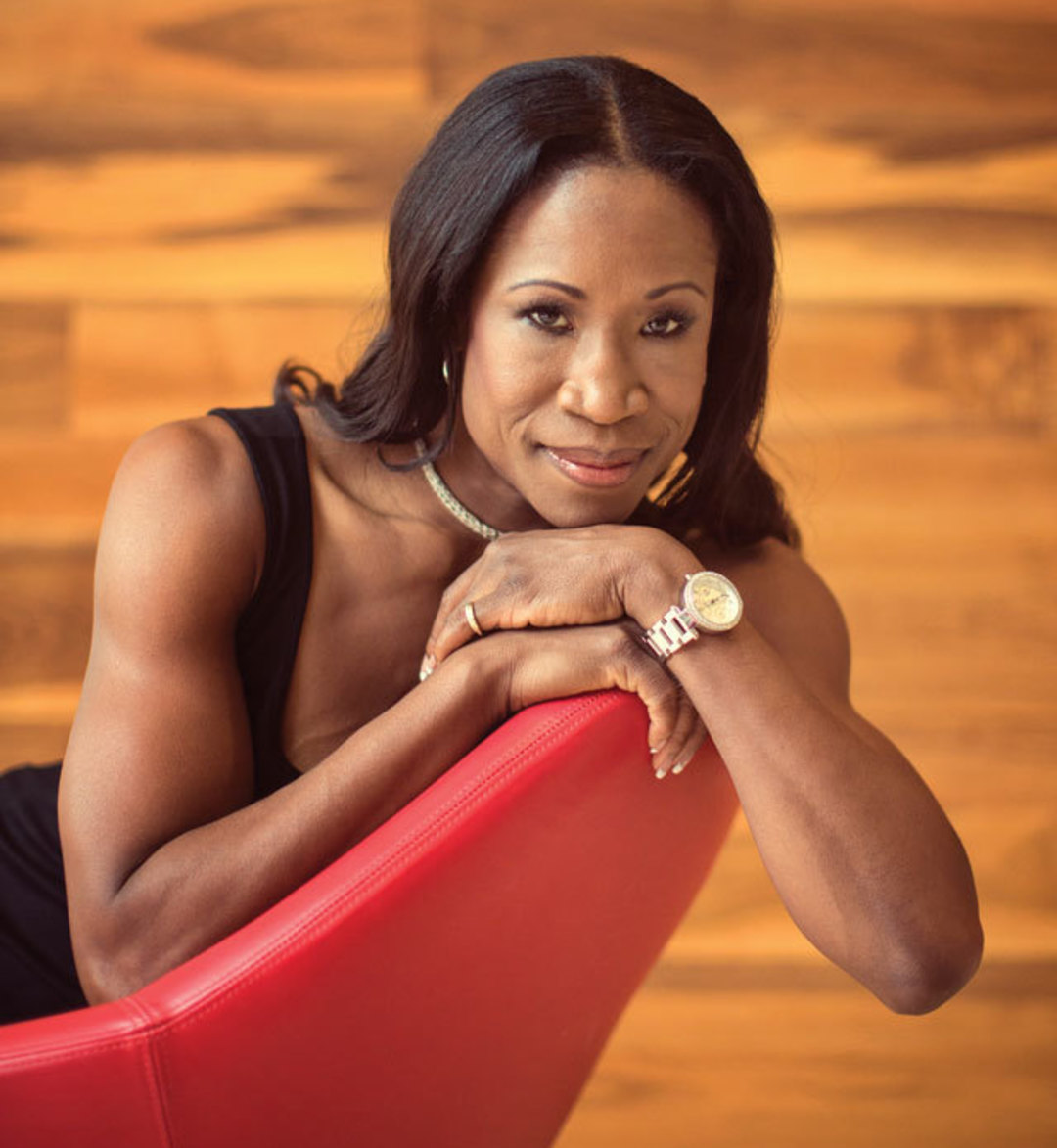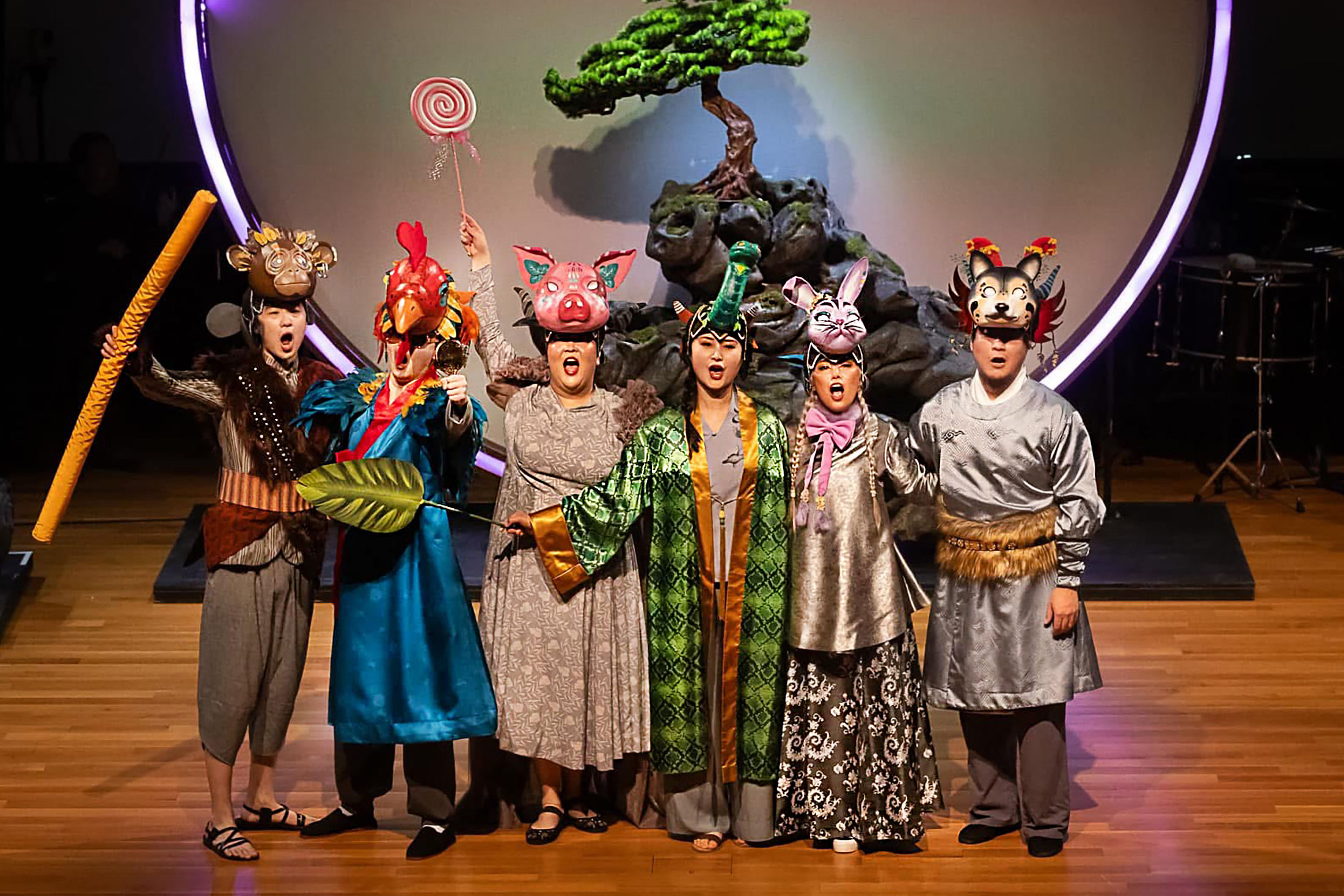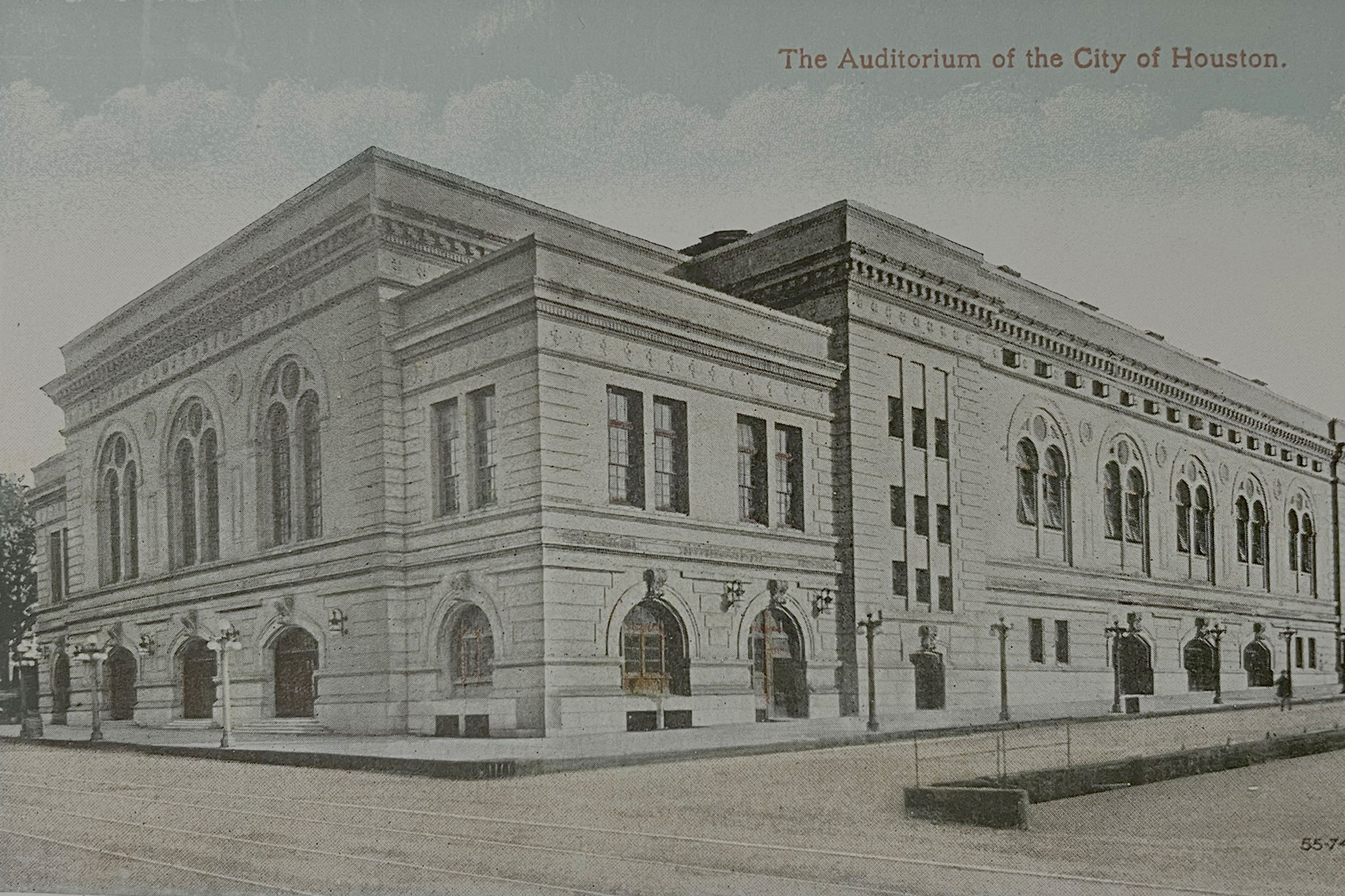Pointe of Reentry

Lauren Anderson, Ballet Instructor
Image: Todd Spoth
On a recent afternoon, Lauren Anderson was leading a group of 19 giggly second-grade girls from Jessup Elementary—all of whom had traveled by bus from southeast Houston—through their first-ever ballet class. Striding around a studio on the third floor of the Houston Ballet’s Center for Dance and wearing a pink tank top, athletic pants, and sparkling silver jewelry, she looked like a princess in yoga clothes.
Her movements were economical and practiced, her voice friendly but firm, and the girls were mesmerized. At class’s end, the group’s lone troublemaker, a sassy 7-year-old who had already tested Anderson’s boundaries, raised her hand to ask a question.
“Do you give out autographs?” asked the girl, raising her eyebrows. “Can I have one?”
For a moment, a hint of annoyance flashed across Anderson’s face. Then, as if suddenly recognizing her own former impishness in the girl, she went looking for a paper and pen.
This fall, Anderson celebrates her 30th year with the Houston Ballet. Now a teacher and once a star—she was the ballet’s first African American prima ballerina—Anderson lived the grueling life of a professional athlete for most of her 48 years, clawing her way up from The Nutcracker to starring roles in Cleopatra and Sleeping Beauty. Before her farewell performance in 2006, she toured the world to critical acclaim, an anti-ballerina’s ballerina, simultaneously brash and approachable, intensely focused yet funny, equally at ease discussing pro football and classical dance.
Seven years later she’s still transitioning to the “real world,” she says, an adjustment for which the NFL fanatic and native Houstonian invokes—not surprisingly—a comparison to the gridiron.
“It’s like being a successful running back who retires at 30 with their whole life in front of them,” says Anderson. “We are professional athletes, we just perform our sport to music.”
Though dancers aren’t subject to the pitfalls facing their NFL counterparts—namely bankruptcy and brain damage—Anderson says a post-ballet life is not without its challenges. After high school, she bypassed college and jumped straight into dance, which would become an education all its own.
After retiring from the stage, she found that for the first time in her professional life she didn’t have an instructor peering over her shoulder giving precise directions. Instead there were long meetings, endless emails, and a pesky online calendar that initially baffled her. Her new life, she says, brought insecurity and the uncomfortable realization that excelling on stage didn’t necessarily translate to excelling in an office.
“As a dancer you’re in a room, one wall is a mirror, and you’ve been looking into it since you were a child,” she says. “There’s so much ego involved. Then you go into the real world and nobody cares how many turns you can do or how high up you can get your leg—it’s meetings and deadlines.”
These days, Anderson spends her days dispensing wisdom to students in her capacity as an educational outreach associate for the Ballet. It’s a program the company takes seriously. Last year, the Ballet’s outreach programs, which include lectures, lessons, and performances, reached nearly 20,000 students in 129 schools, many of them underserved and at-risk.
For a select few, Anderson says, the wheels in their head start turning. Sometimes it’s a little girl, maybe African American, who has never encountered a ballet dancer that looks like her. Other times, it’s a boy who never knew he felt at home in a dance studio. Usually, she says, they’ve arrived by bus from a low-income school district or neighborhood where ballet is largely unknown. Anderson can see it in their eyes, the moment a light flickers on and something changes.
“I call it the Disneyland look,” she says, noting that it still gives her goose bumps. “It’s a lightness, an excitement, a wonderment. They’re glued to me and they just get it. I can see that.”
Awaiting the talented ones are scholarships to the ballet’s Ben Stevenson Academy, which are doled out in small numbers every year to a select few snared by the outreach net. After as few as five or six classes, Anderson says, she can assess who has potential and who doesn’t.
She may not be a full-time dancer anymore, but her compact frame has lost little of its trademark physicality. Around the office she can still be found in brightly colored leotards exposing bulging legs and a sinewy pair of biceps that look like they belong on a personal trainer half her age. Unchanged still is her big warm smile and that hard-to-define thing—presence, they call it—that elicits a recurring question from students the first time they meet her. They assume Anderson must be from some place exotic like New York or California, and ask, “are you famous?”
“I’m from Houston,” she responds. “I grew up down the street and around the corner. I’m just like you.”




